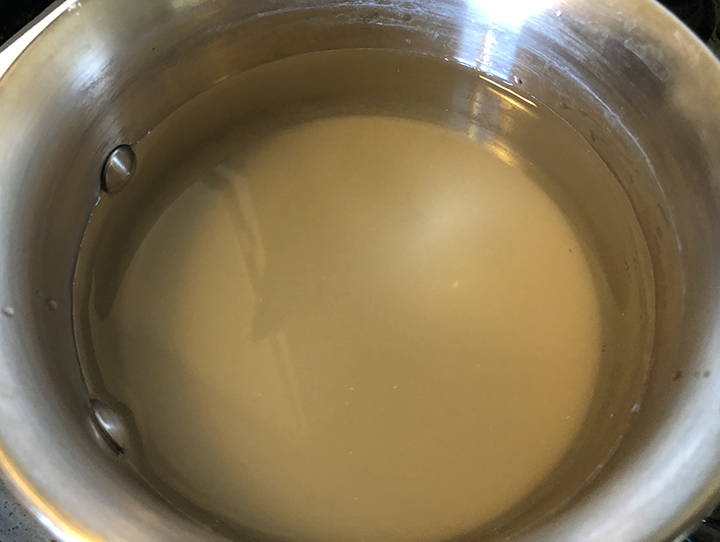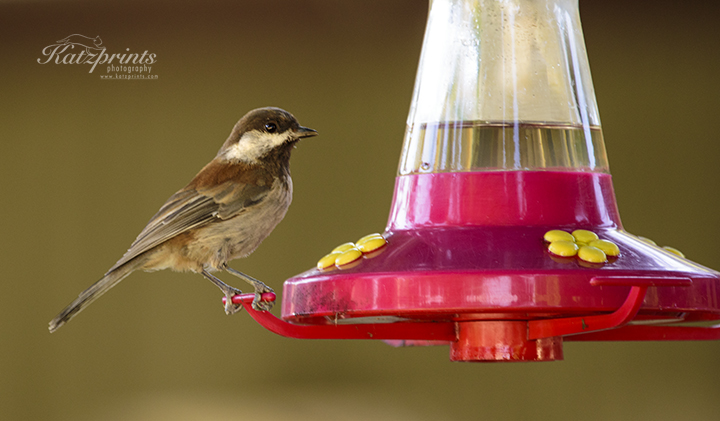We are wrapping up week two of shelter-in-place due to COVID-19, and it just occurred to me that I owe you a blog post! Yes, I do, and what better moment than now?! I just made some hummingbird feed and thought I would share the recipe with you, because, you know, you may have time on your hands too!
But let’s start with a quick flashback.
One of the best discoveries associated with my move from Germany to California was … we have hummingbirds! As a child I always pictured these flying gems on lush tropical islands rather than in my Silicon Valley backyard. But there they were and I fell in love with them in a heartbeat!
I have always had feeders to attract hummingbirds, but over time, I also started to replace the flowers in my backyard with those attracting hummingbirds, butterflies, and bees. That means there are ample food sources available for my flying wildlife now. However, complementing those sources with additional nectar, above all when bloom is low, is a good idea.

When I started feeding hummingbirds, I used to buy the red nectar mix available in many stores. Now I know that the red dye in that stuff is extremely unhealthy for the birds and can even kill them 🙁 Thankfully, it is SUPER easy to make your own.
Recipe for hummingbird nectar
All you need is sugar and water and mix in the following ratio:
-1 part refined white sugar
-4 parts of water
(for example: 1/2 cup sugar and 2 cups water)

White sugar 
Water 
Bring to boil
You can add the sugar to boiling water or add it to cold water and bring to boil. It does not matter, as long as the sugar is well dissolved when done. Then let the nectar cool down before filling the feeder.
Please do NOT use anything else but white refined sugar even though it might seem counter-intuitive! The Audubon Society explains that the iron levels in raw sugars are too high and that honey can promote fungal growth; both can be harmful to the birds.
Hummingbird feed (store-bought or home-made) does not last for a long time before fermenting, above all in summer. Therefore, only make as much nectar as your birds consume in a week or so. Also, don’t just refill an empty feeder, always clean it thoroughly first. If there is black stuff coating the inside of the glass, you may need bleach.
By the way, hummingbirds are not necessarily the only birds visiting a feeder. We have a few sweet-toothed chickadees who often have a sip before heading for the sunflower seeds, and orioles love the sweet stuff as well!

What else can you do to attract hummingbirds?
Hummingbirds love, love water features! In summer, ours love to take a shower in our fountain. You also see them hanging out at bubbling pots and sometimes even zipping through lawn sprinklers.

Our most frequent garden visitors here are Anna’s hummingbirds, but every once in a while a very territorial Rufous or Allen’s hummingbird stops by as well.
Did you know?
It is not unusual for me to get buzzed by a hummer when I am out in THEIR territory. But I don’t mind because I did hear once, that in Native American folklore this hovering in front of your face translates to a blessing. I am not sure if it’s true but I sure like to think so. What I do know is that hummingbirds have always played an important role in the life of tribes. They were and are used in crests and on totems, portrayed as healers or fire-bringers, or considered a sign of luck.
One of the highest mountains in the Bay Area is Mount Umunhum, a sacred mountain to many tribes. While the huge square radar building on its top reminds us of cold war times, the name actually means something much more peaceful: resting place of the hummingbirds (in the Ohlone language).

